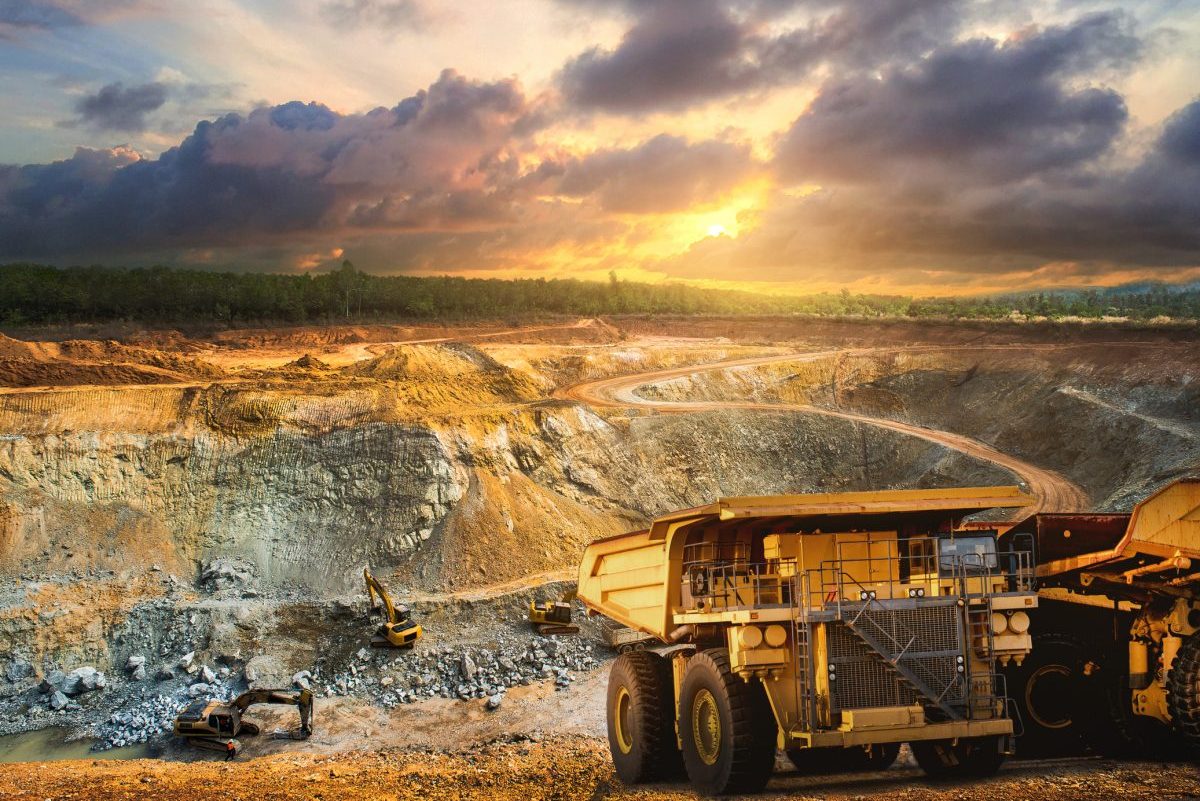The energy transition is accompanied by a massive demand for raw materials. According to a new study, the EU is even threatened with supply bottlenecks for critical metals such as lithium and rare earths in the medium term.
Europe must rapidly expand the supply of critical raw materials in order to achieve its climate targets – this is the conclusion of a study (PDF) from the Catholic University (KU) Leuven in Belgium. Indeed, most of the technologies and products needed for a sustainable energy and transport transition are based on critical minerals and metals. The construction of wind turbines and electric cars, for example, requires aluminum, copper and permanent magnets made of rare earth metals such as neodymium and praseodymium. In the case of electric vehicles, battery raw materials such as lithium and cobalt are also needed.
The need for the corresponding raw materials is growing and the global energy transition is advancing faster than the number of mining projects to extract the necessary metals, the study says. From 2030, the authors estimate, there could be global supply bottlenecks, especially for lithium, cobalt, nickel, rare earths and copper. Europe will need 35 times more lithium than it consumes today to meet its goal of climate neutrality by 2050, seven to 26 times more rare earth metals and 3.5 times more cobalt.
Europe Must Develop New Sustainable Sources of Raw Materials
The study also concludes that Europe could meet a large part of its needs from 2040 onward through recycling – assuming appropriate investment. But until then, increasing quantities of primary raw materials would be needed. To prevent impending bottlenecks and avoid renewed dependence on non-sustainable suppliers, Europe could expand domestic raw material production. However, there is usually resistance to such projects, for example in Matamulas in Spain. Investments in mines outside Europe are also possible, while maintaining high environmental standards.
Currently, Europe sources most of its rare earths and battery raw materials such as lithium and cobalt from China. Finished components such as solar cells are also mainly imported from the People’s Republic. Europe is heavily dependent on Russia for supplies of aluminum, nickel and copper. The study names new sources of raw materials that could reduce import deficits if realized, such as Norra Kärr in Sweden, where untapped rare earths are stored. The deposits could supply 80 percent of dysprosium demand and 40 percent of neodymium and praseodymium demand in Europe in 2030. However, only a small time window of two years remains to push ahead with corresponding projects.
The study was commissioned by the European association Eurometaux, an association of producers and recyclers of non-ferrous metals. It refers to the International Energy Agency’s 2021 warning of impending supply shortages and provides EU-specific figures for metals needed to phase out fossil fuels.
Photo: iStock/Hello my names is james,I’m photographer.


